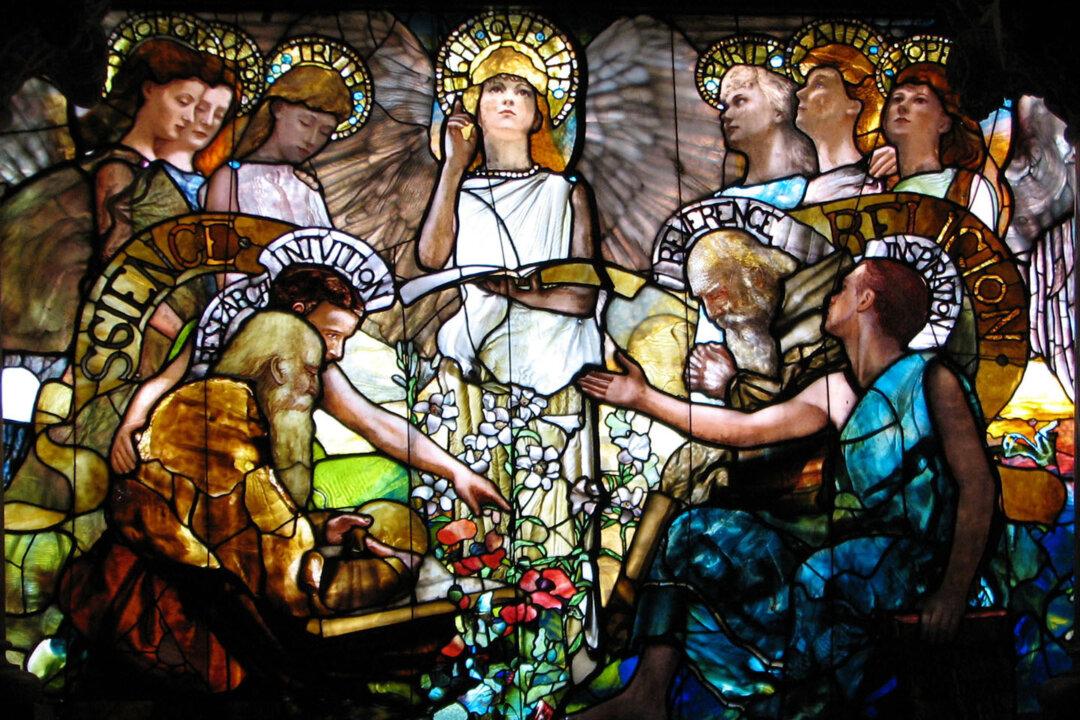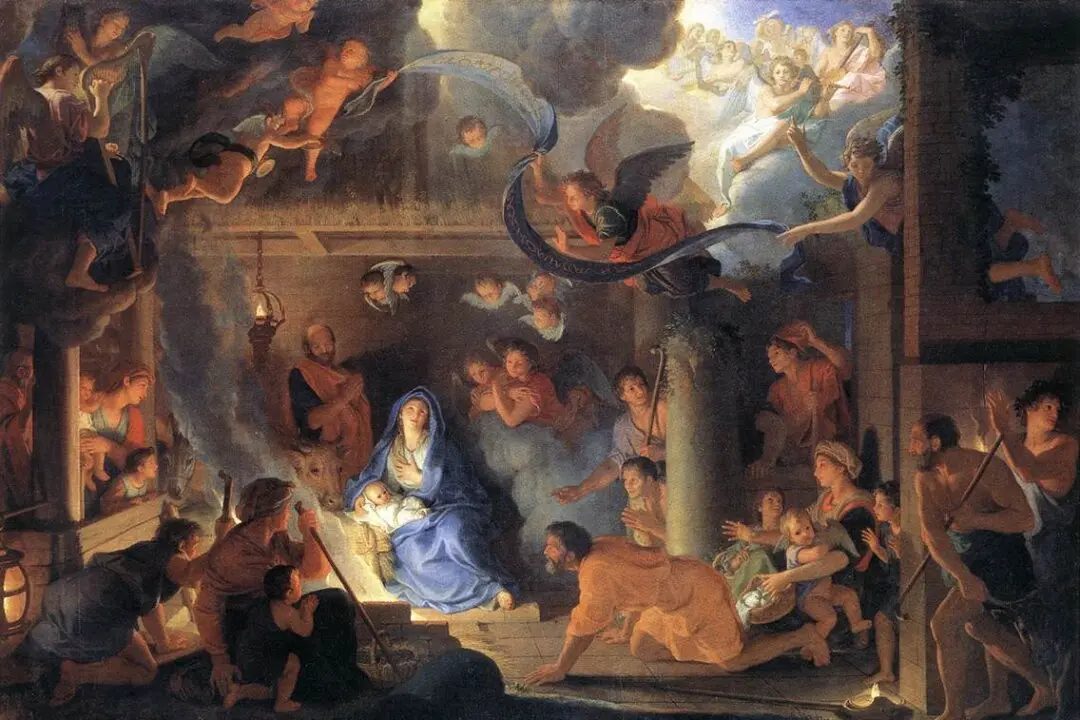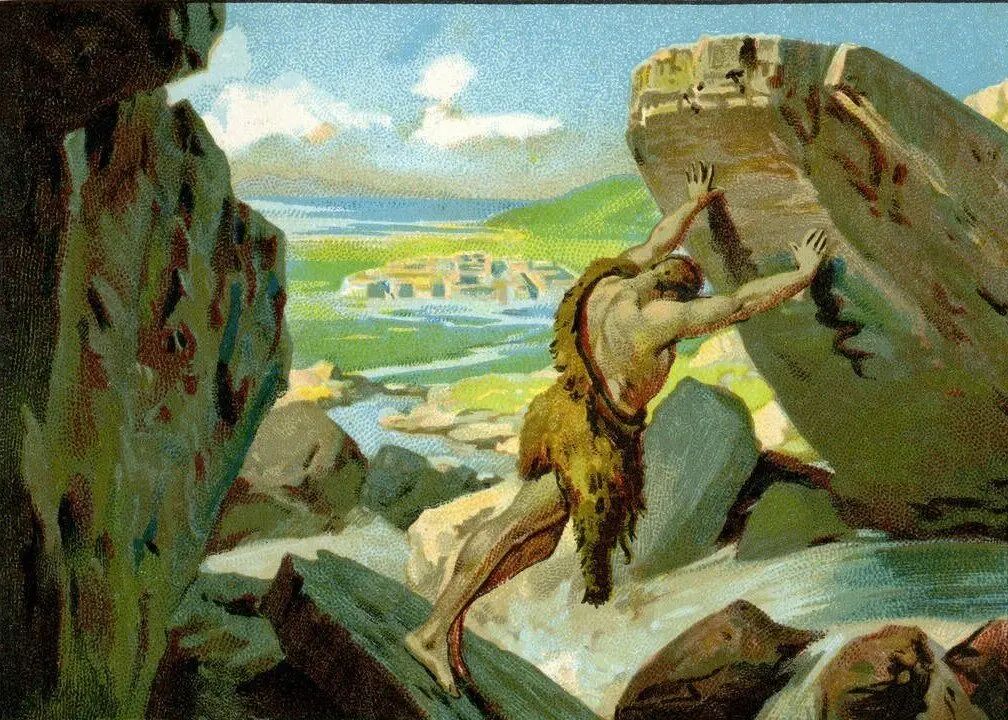In her wonderful book “The Battle for God,” Karen Armstrong, drawing on the work of other eminent scholars, introduces us to a central reason why there has been a resurgence of religious fundamentalism in Judaism, Christianity, and Islam in the modern world. Indeed, her book points out some intriguing and insightful parallels between all three religions. But perhaps the really central concept she adumbrates occurs in the Introduction to the book: This is the distinction between mythos and logos.
This distinction is, in my view, vital in seeking to understand why the West is in decline.






